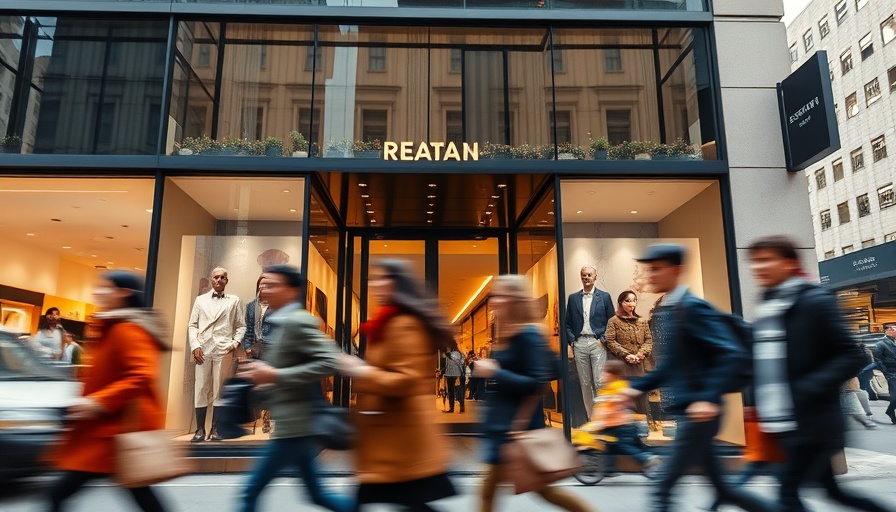
The Impact of Tariffs on Retail Profits
Gap Inc. recently faced a significant setback, as stock prices dwindled following their second-quarter earnings report, which disclosed that rising tariffs would impact profits more than previously anticipated. Specifically, the retailer adjusted its tariff cost forecast to between $150 million and $175 million, up from an earlier estimate of $100 million to $150 million. This escalation, the company explained, would lower their full-year operating margin to between 6.7% and 7%, down from 7.4% the previous fiscal year.
Mixed Results Amid a Turnaround Plan
In the face of challenges, Gap managed to beat earnings per share by posting 57 cents against the anticipated 55 cents. However, revenue fell short of expectations, coming in at $3.73 billion compared to the $3.74 billion analysts had forecasted. The dismal performance of Gap's athleisure brand, Athleta, has raised concerns, with CEO Richard Dickson acknowledging disappointment while assuring stakeholders that his turnaround strategy remains on track.
Future Predictions and Consumer Behavior
As Gap continues to navigate these turbulent waters, attention turns toward their recovery plan. Retail analysts speculate on how shifting consumer preferences toward e-commerce and athleisure will affect traditional retailers. The explosion of online shopping and changing spending habits could be critical to Gap’s future success.
A Call to Action for Investors and Stakeholders
In these uncertain times, business lenders and stakeholders should consider the implications of tariffs and consumer behavior on Gap’s operations. Understanding the dynamics at play can guide crucial financial decisions, from lending practices to strategic investments in apparel firms. As the retail landscape evolves, it’s essential for businesses in this sector to adapt and innovate to stay competitive.
Conclusion
The recent earnings report underscores the complex interplay between external economic factors and retail performance. As Gap grapples with heightened tariff impacts and shifting market dynamics, investors and stakeholders are urged to keep a close eye on the company’s progression and future strategies.
 Add Row
Add Row  Add
Add 




Write A Comment